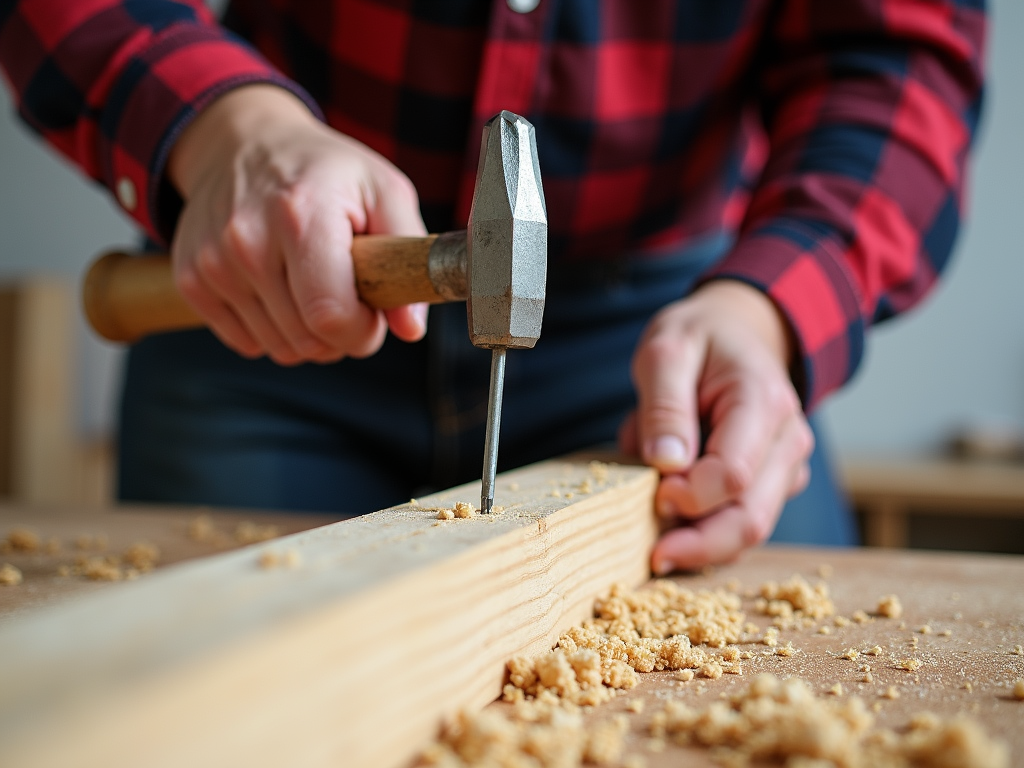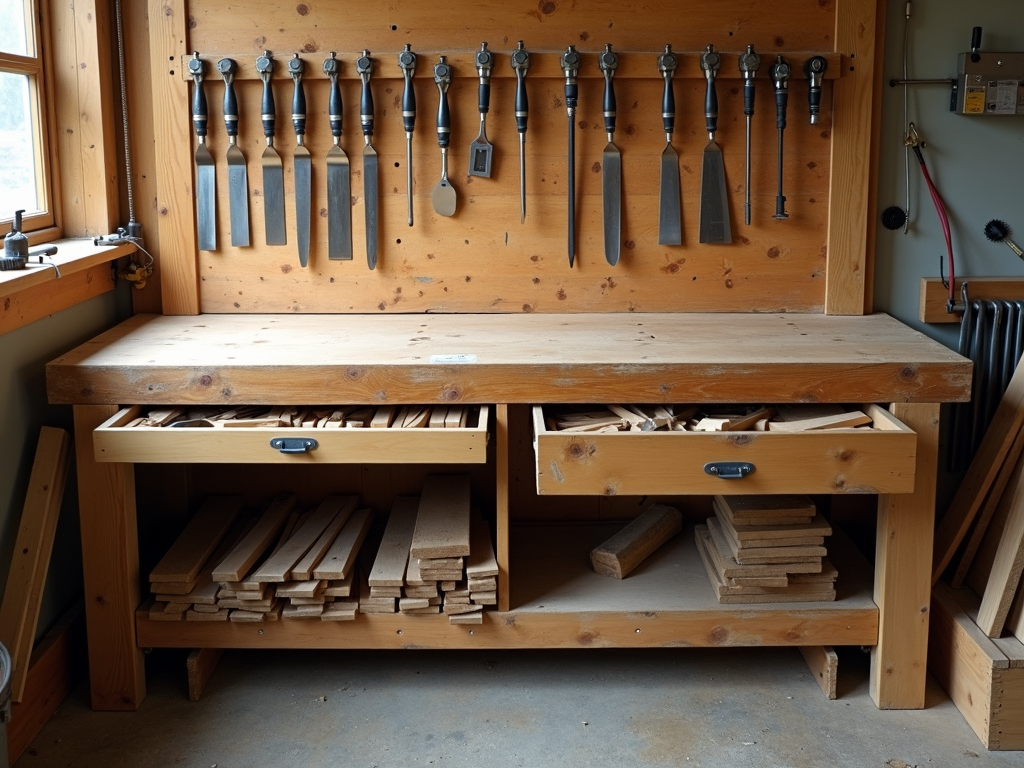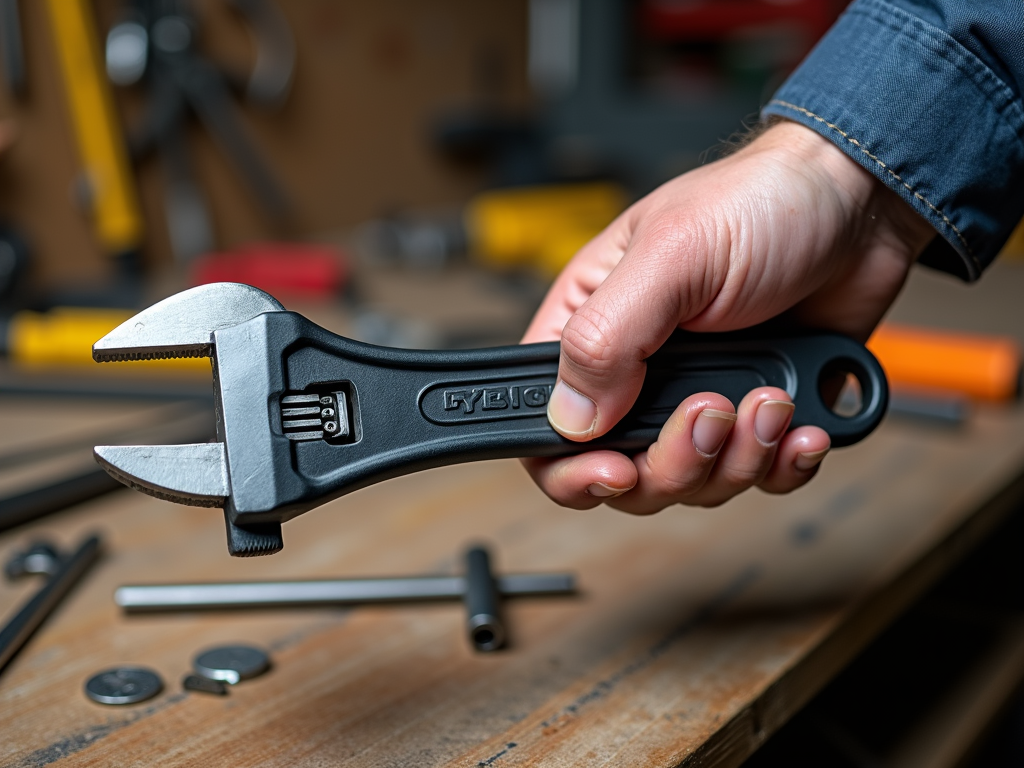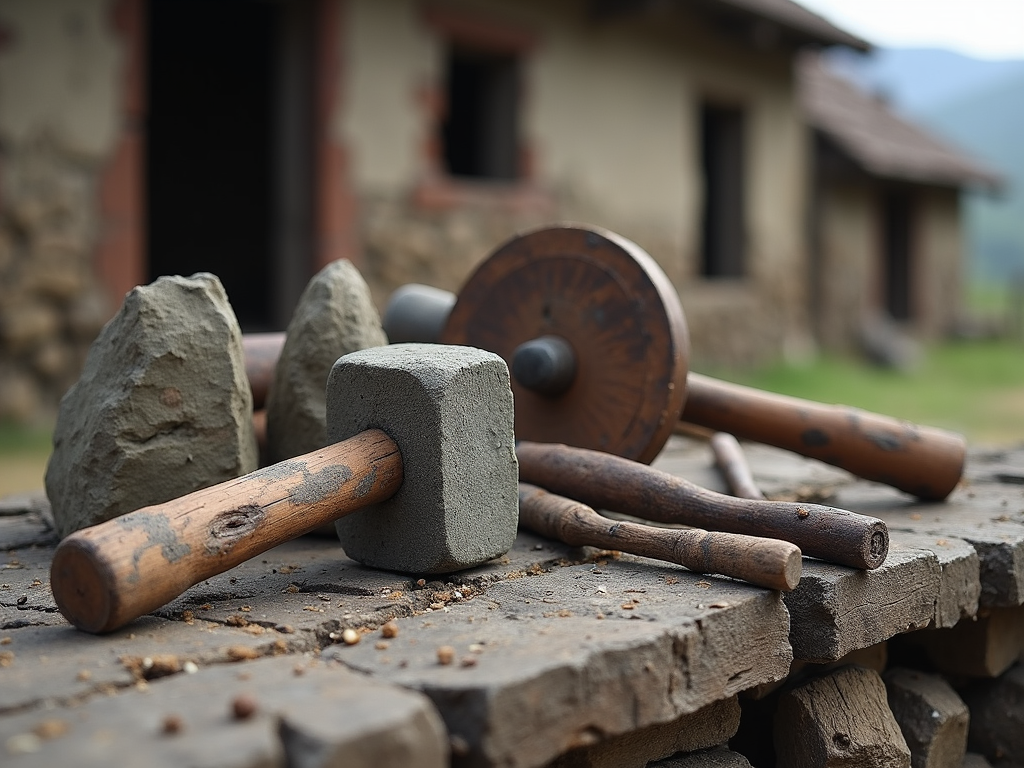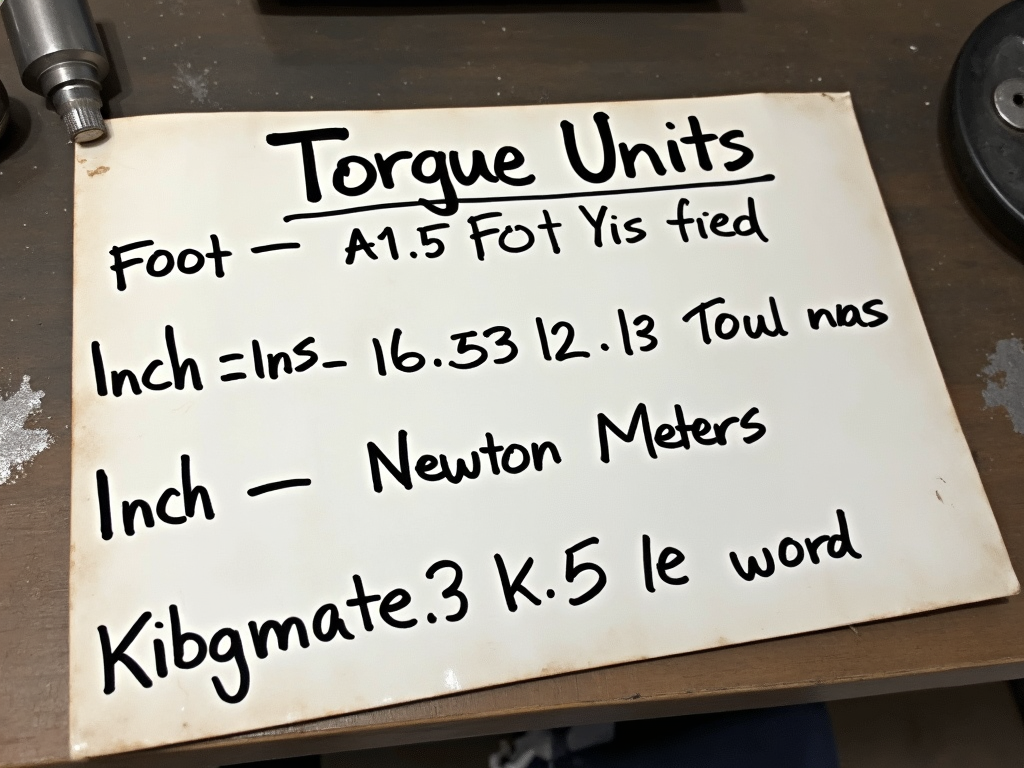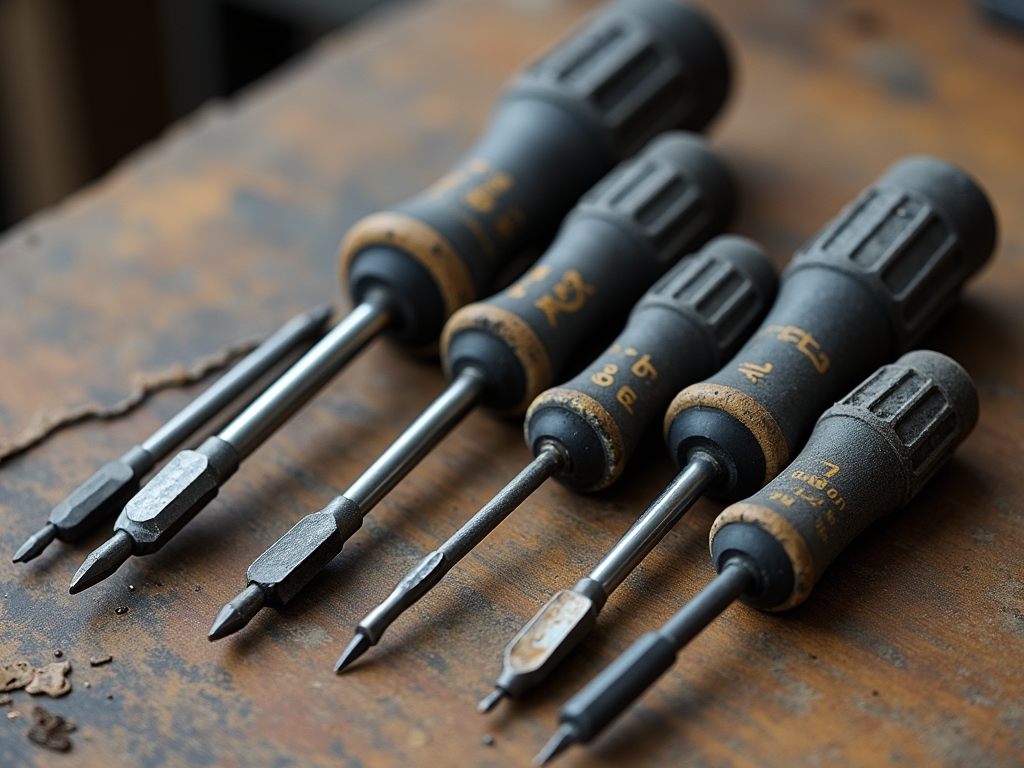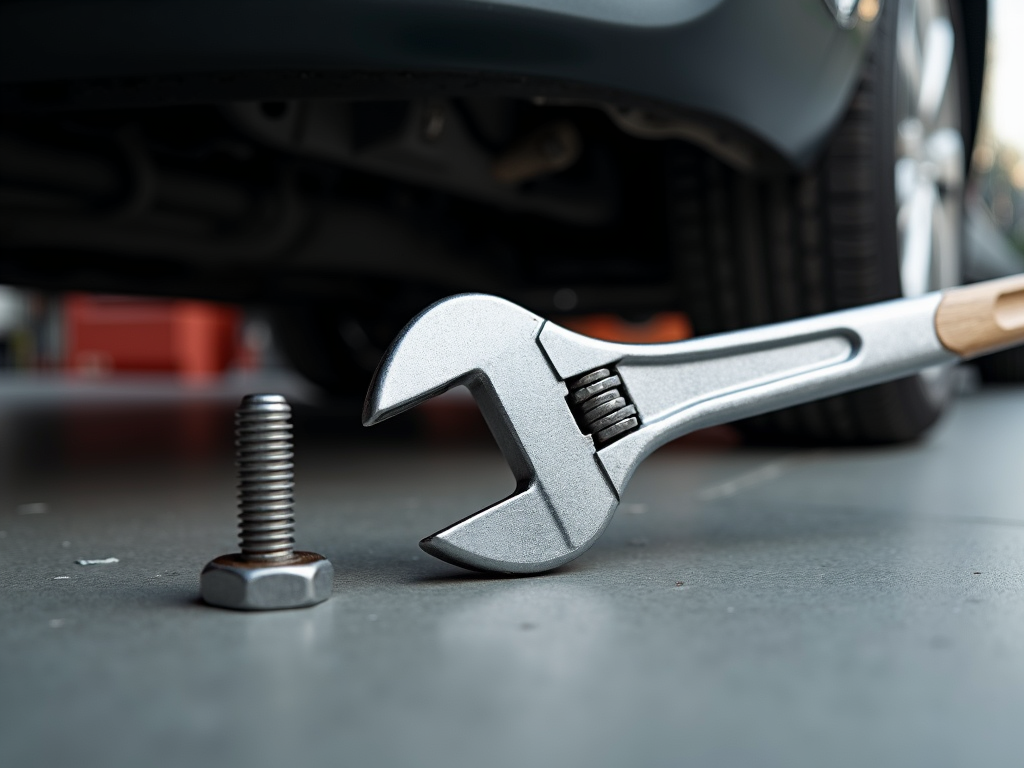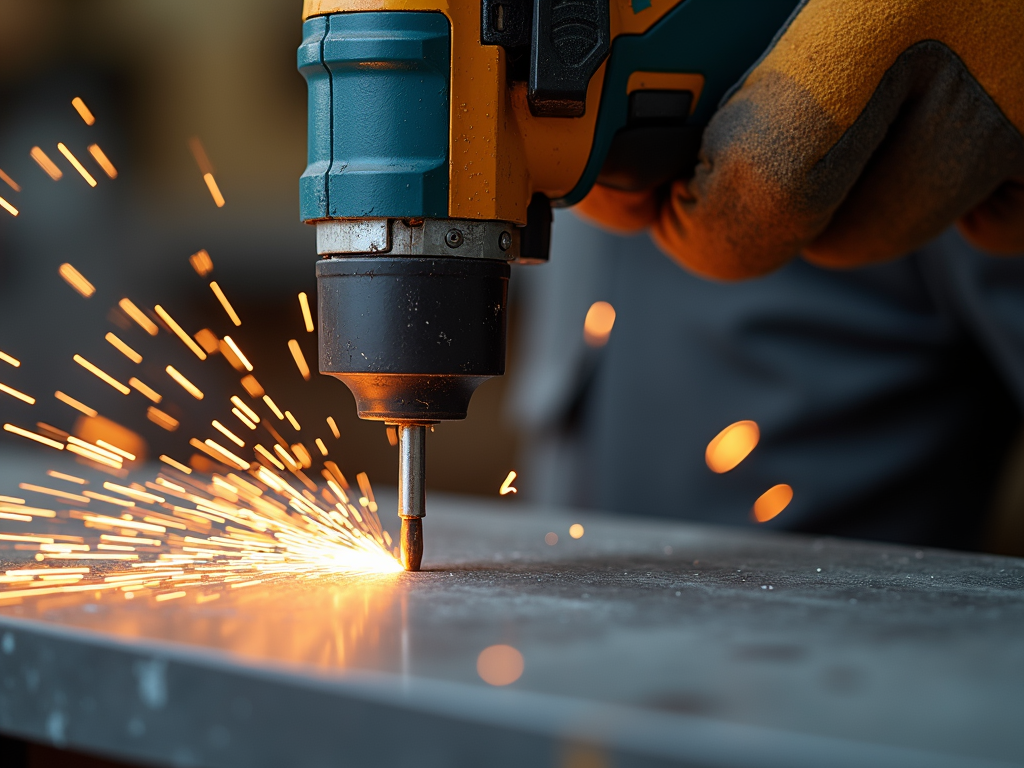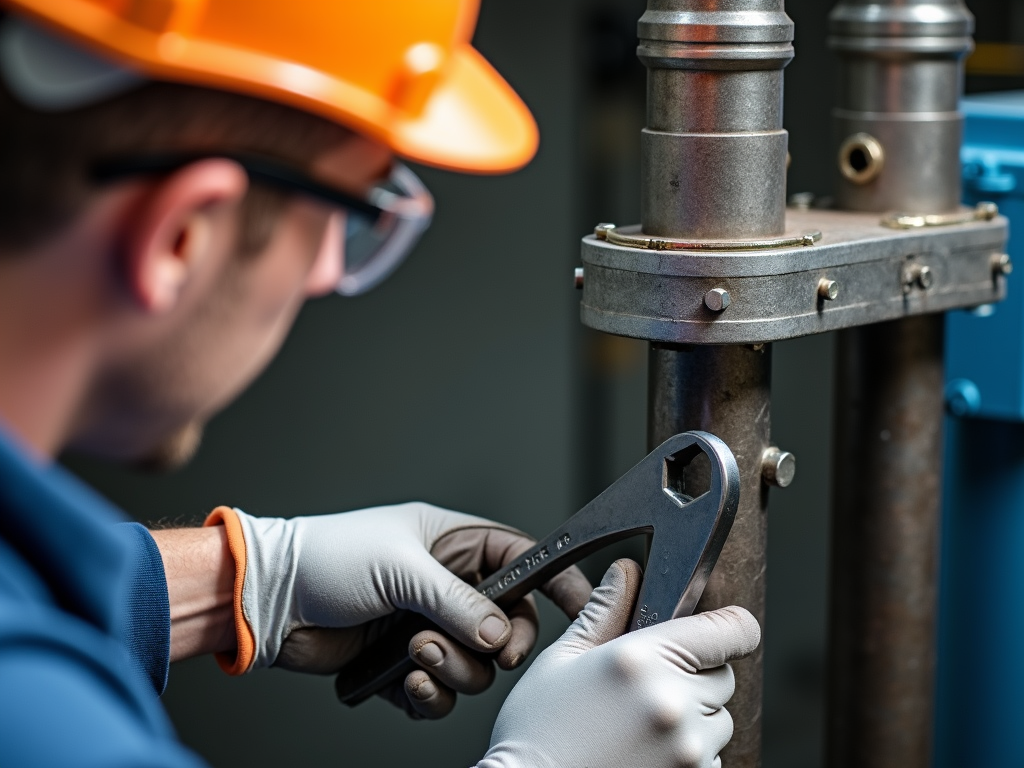Power tools for precision drilling are essential for any DIY enthusiast or professional tradesperson. These tools allow you to drill holes with accuracy and efficiency, making your projects easier and more successful. In this article, we'll explore the best power tools for precision drilling, including cordless drills, hammer drills, and impact drivers. We'll also share tips and insights from experts in the field to help you choose the right tool for your needs.
Cordless Drills: The Versatile Choice
Cordless drills are one of the most popular power tools for precision drilling. They are versatile, portable, and easy to use. With a cordless drill, you can drill holes in wood, metal, plastic, and other materials with precision and control.
When choosing a cordless drill, consider the following factors:
- Battery life: Look for a drill with a long-lasting battery to avoid interruptions during your projects.
- Power: Choose a drill with enough power to handle the tasks you need to accomplish.
- Speed: Opt for a drill with variable speed settings for more control over your drilling.
I once used a cordless drill to install shelves in my garage. The drill's precision and power made the job quick and easy, and I was able to complete the project in no time.
Hammer Drills: Power for Tough Materials
Hammer drills are another type of power tool for precision drilling, especially when working with masonry or concrete. These drills use a hammering action to break through tough materials, making them ideal for drilling into walls or floors.
When using a hammer drill, keep the following tips in mind:
- Use the right drill bit: Make sure to use a masonry drill bit designed for hammer drills.
- Apply steady pressure: Let the drill do the work and avoid forcing it through the material.
- Wear safety gear: Always wear safety glasses and a dust mask when drilling into masonry or concrete.
!A hammer drill in action, drilling into a concrete wall. The drill bit is spinning rapidly, and dust is flying as the drill makes progress through the tough material. Alt text: Hammer drill drilling into concrete wall.
Impact Drivers: Precision for Fastening
Impact drivers are powerful tools that deliver high torque for driving screws and fasteners with precision. While they are not typically used for drilling holes, they can be useful for certain tasks that require extra power.
When using an impact driver, remember the following:
- Use the right attachments: Make sure to use impact-rated bits and accessories to avoid damage.
- Control the speed: Start at a low speed and gradually increase as needed to prevent stripping screws.
- Practice proper technique: Hold the impact driver firmly and apply steady pressure to drive the fastener smoothly.
For instance, I once used an impact driver to assemble a piece of furniture. The tool's power and precision made the job much easier, and I was able to complete the assembly quickly and efficiently.
Choosing the Right Power Tool for Precision Drilling
When selecting a power tool for precision drilling, consider the following factors:
- Type of material: Different materials require different types of drills and drill bits.
- Size of the hole: Choose a drill with the appropriate chuck size for the diameter of the hole you need to drill.
- Frequency of use: If you plan to use the drill frequently, invest in a high-quality, durable tool.
| Power Tool | Best For | Features |
|---|---|---|
| Cordless Drill | Wood, metal, plastic | Portable, versatile, variable speed |
| Hammer Drill | Masonry, concrete | Hammering action, powerful, durable |
| Impact Driver | Driving screws | High torque, precision, efficient |
Tips and Tricks for Using Power Tools for Precision Drilling
There are several best practices to enhance your drilling experience:
- Use the right drill bit: Using the wrong bit can result in poor performance and damage to the material.
- Secure the workpiece: Use clamps or a vise to hold the material in place and prevent it from moving during drilling.
- Start slow: Begin drilling at a slow speed and gradually increase as needed for better control and accuracy.
- Center punch: Mark the drilling spot with a center punch to help guide the drill bit and prevent wandering.
- Keep drill bits sharp: Dull bits can overheat and reduce efficiency.
!A close-up shot of a drill bit being sharpened with a sharpening tool. The bit is being carefully honed to ensure it is sharp and ready for use. Alt text: Sharpening a drill bit.
Safety Precautions When Using Power Tools
Safety is paramount when using power tools. Here are some essential precautions:
- Wear safety gear: Always wear safety glasses, ear protection, and a dust mask when necessary.
- Read the instructions: Follow all safety guidelines provided by the manufacturer.
- Keep the workspace clean: Maintain an organized work area to prevent accidents.
- Don’t leave tools unattended: Always unplug tools when not in use.
- Stay focused: Avoid distractions while operating power tools.
For example, I once forgot to wear safety glasses while drilling and ended up with debris in my eye. It was a painful lesson, but it taught me the importance of safety gear.
Conclusion
In conclusion, power tools for precision drilling are essential for any DIY enthusiast or professional tradesperson. By choosing the right tool for the job, following safety precautions, and using proper techniques, you can achieve accurate and efficient results in your drilling projects.
Read More
- 10 Must-Have Power Tools for Every Workshop
- How to Choose the Right Drill Bit for Your Project
- Safety Tips for Using Power Tools
Related power tools for precision drilling:
- Best Power Drills for Home Use
- Essential Tools for Beginners: A Comprehensive Guide
- Maximizing Small Workshop Spaces: A Workman's Guide to Efficiency
- Ergonomic Wrenches for Reducing Hand Strain: A Comprehensive Guide
- The Evolution of Workman Tools: From Past to Present
- Understanding Torque Specifications: A Comprehensive Guide
- Top 10 Essential Tools for Every DIY Enthusiast
- Essential Wrenches for Automotive Repair: A Mechanic’s Guide
- Choosing the Right Drill Bits for Electrical Installations: A Comprehensive Guide
- The Beginner's Guide to Essential Workman Tools
- Staying Safe with Hand Tools
- Understanding Multimeters: Features and Usage

